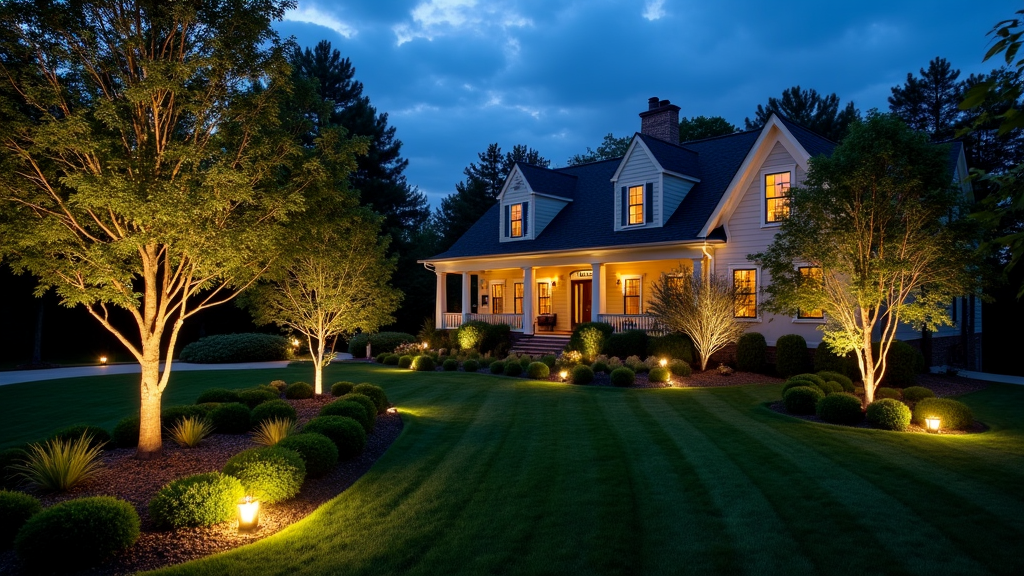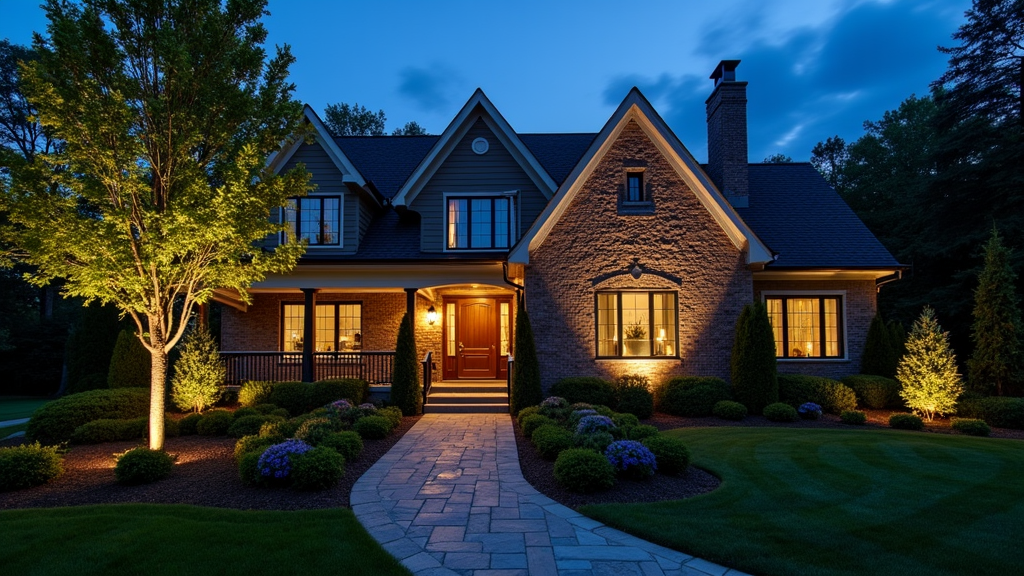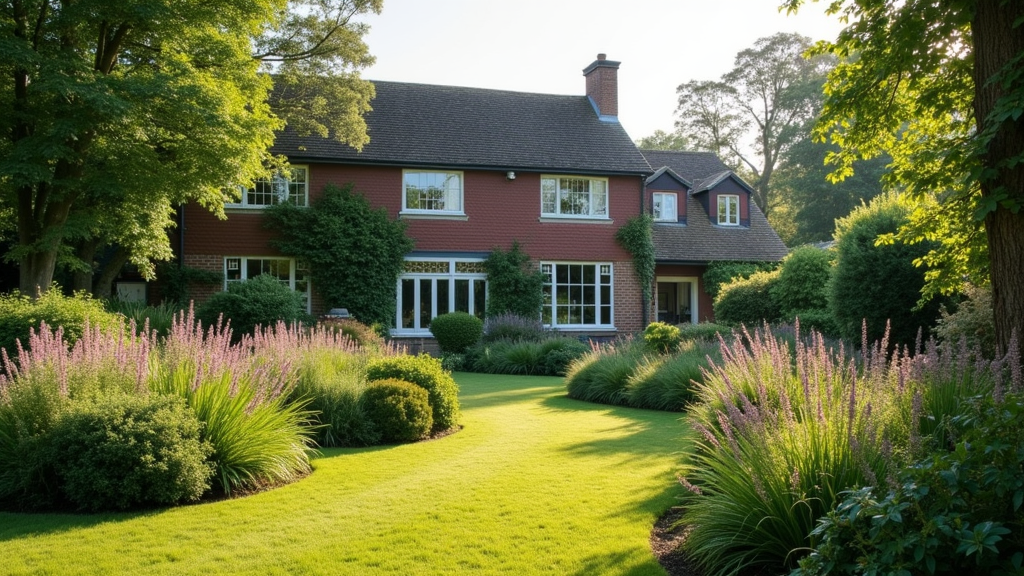Landscape design is more than just arranging plants and stones; it’s about creating a harmonious relationship between nature and human living spaces. As we move into 2024, emerging trends are reshaping how we approach designing landscapes, emphasizing sustainability, functionality, and aesthetic appeal. In this article, we’ll explore the Top 10 Landscape Design Trends to Watch in 2024, diving into each trend’s significance and offering insights for homeowners, designers, and enthusiasts alike.
What Is Landscape Design?
Landscape design involves planning and creating outdoor spaces that enhance both beauty and usability. It blends art and science to create environments that reflect personal style while being functional. Whether it's residential gardens or commercial properties, effective landscape design considers various elements like plants, terrain, water features, lighting, and structures.
The Importance of Designing Landscapes
Designing landscapes can transform ordinary spaces into extraordinary experiences. A well-designed landscape can:
- Increase property value Improve aesthetics Enhance outdoor living experiences Contribute to environmental sustainability
In essence, landscape design plays a crucial role in how we interact with our surroundings.
Top 10 Landscape Design Trends to Watch in 2024
As we venture through the realm of landscape design for 2024, let's break down the trends shaping the future of outdoor spaces.

1. Sustainable Landscaping Practices
Why Sustainability Matters?
With climate change at the forefront of global concerns, sustainable landscaping practices are becoming increasingly vital. This trend emphasizes using native plants, conserving water resources, and reducing chemical usage.
Key Techniques:
- Rain Gardens: Capturing rainwater runoff helps recharge groundwater. Native Plants: These require less water and maintenance. Organic Landscaping: Reduces pollution by avoiding chemical fertilizers.
2. Biophilic Design Elements
What Is Biophilic Design?
Biophilic design focuses on connecting people with nature through natural elements within urban settings. This trend promotes health and well-being by incorporating natural materials and plant life into landscape designs.
Examples Include:
- Green Walls: Vertical gardens bring greenery to urban spaces. Natural Light: Using transparent materials for structures enhances light penetration.
3. Outdoor Living Spaces
The Rise of Functional Outdoor Areas
The pandemic has shifted how we view our homes and outdoor spaces. More homeowners are investing in functional outdoor areas that serve as extensions of their living rooms.
Popular Features:
- Outdoor Kitchens: Perfect for entertaining guests. Fire Pits: Ideal for cozy gatherings on chilly nights.
4. Minimalist Designs
Simplicity Is Key
Minimalism in landscape design emphasizes clean lines and simplicity. This trend seeks to create serene environments free from clutter.
Characteristics Include:
- Limited Plant Varieties: Focusing on a few key species creates cohesion. Open Spaces: Allow for movement without distractions.
5. Smart Landscaping Technologies
How Technology Shapes Landscapes
Smart technology is changing the way we maintain landscapes. Automated irrigation systems and smart sensors help optimize resource use.
Innovative Tools Include:
- Smart Irrigation Systems: Adjust watering schedules based on weather data. Soil Sensors: Monitor moisture levels to ensure optimal growth conditions.
6. Edible Landscapes
Combining Beauty with Functionality
Edible landscaping involves incorporating fruit trees, vegetable patches, or herbs into traditional garden designs. This trend caters to those seeking beauty along with practicality.

Ideas To Implement Edible Landscapes:
- Herb Spiral Gardens: Efficiently utilize vertical space for cooking herbs. Fruit Trees as Focal Points: Combine aesthetics with food production.
7. Water Features Reimagined
The Allure of Water in Landscape Design
Water features remain popular but are evolving beyond traditional ponds or fountains into innovative elements that enhance tranquility.
New Concepts Include:
- Natural Swimming Pools: Eco-friendly alternatives to chlorinated pools. Reflecting Pools: Create calming visual effects while enhancing beauty.
8. Seasonal Plantings
Emphasizing Year-Round Appeal
Designing landscapes with seasonal interest ensures your garden remains vibrant throughout the year. This trend encourages planting various species that bloom at different times.
Techniques Include:
- Layered Planting Schemes: Combining early bloomers with late-season flowers.
9. Wildlife-Friendly Gardens
Creating Habitats for Local Fauna
Gardening for wildlife promotes biodiversity while offering sanctuary to local animals like birds and pollinators.
Strategies To Attract Wildlife Include:
- Pollinator Gardens: Focused on attracting bees and butterflies through specific plant choices.
10. Cultural Influences in Landscape Design
Celebrating Diversity Through Landscapes
Incorporating cultural elements into landscape designs reflects personal heritage or global influences. From Mediterranean styles to Japanese Zen gardens, diversity enriches our outdoor spaces.
FAQs About Landscape Design Trends
Q1: What is the most significant trend in landscape design for 2024? A1: Sustainability is leading the charge as eco-consciousness grows among homeowners and designers alike.

Q2: How can I incorporate biophilic design into my garden? A2: You can introduce natural materials like wood or stone while adding plenty of plants that mimic natural ecosystems.
Q3: What are some low-maintenance landscaping ideas? A3: Consider native plants that thrive in your climate without much intervention or opt for xeriscaping techniques that reduce https://www.ramirezlandl.com/contact water use.
Q4: Why should I consider edible landscaping? A4: Edible landscapes provide beauty while allowing you to grow your own food sustainably—it's both practical and rewarding!
Q5: How do smart technologies improve landscaping? A5: Smart irrigation systems conserve water by adjusting automatically based on environmental data, saving time and resources while keeping your garden healthy.
Q6: Can I blend multiple trends into one landscape design? A6: Absolutely! Combining trends like minimalism with edible landscaping can create unique yet functional outdoor areas tailored specifically to you!
Conclusion
As we embrace these exciting trends highlighted in the Top 10 Landscape Design Trends to Watch in 2024, it’s clear that designing landscapes is evolving rapidly toward more sustainable practices infused with technology innovation and creativity. From promoting biodiversity through wildlife-friendly gardens to creating functional outdoor living spaces equipped with smart tech—it’s an exhilarating time for both designers and homeowners alike!
By adopting these trends not only can you enhance your home's aesthetic appeal but also contribute positively towards environmental stewardship—a win-win situation! So dive deeper into these trends as you embark on your next landscaping project; you'll be sure to create an outdoor sanctuary that's not only beautiful but also meaningful!